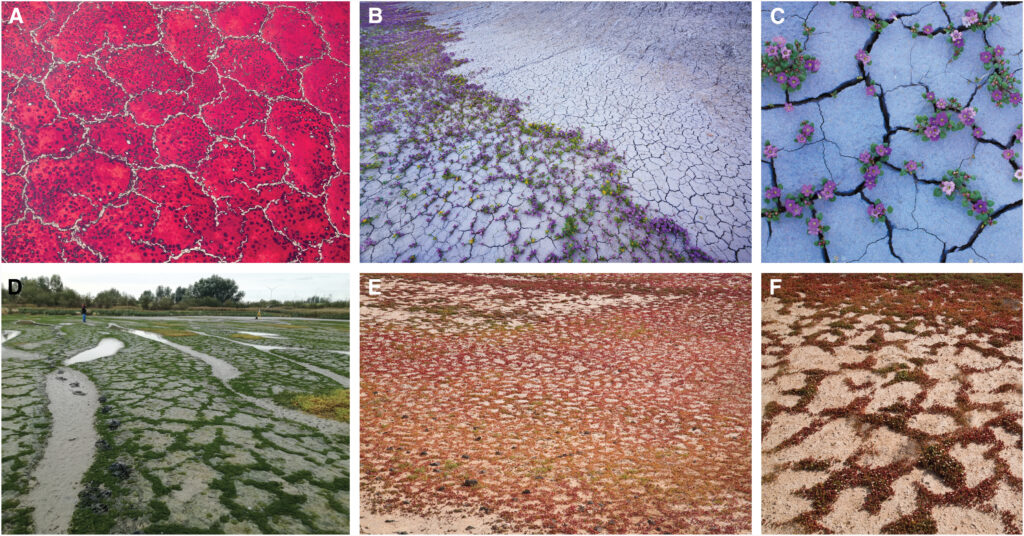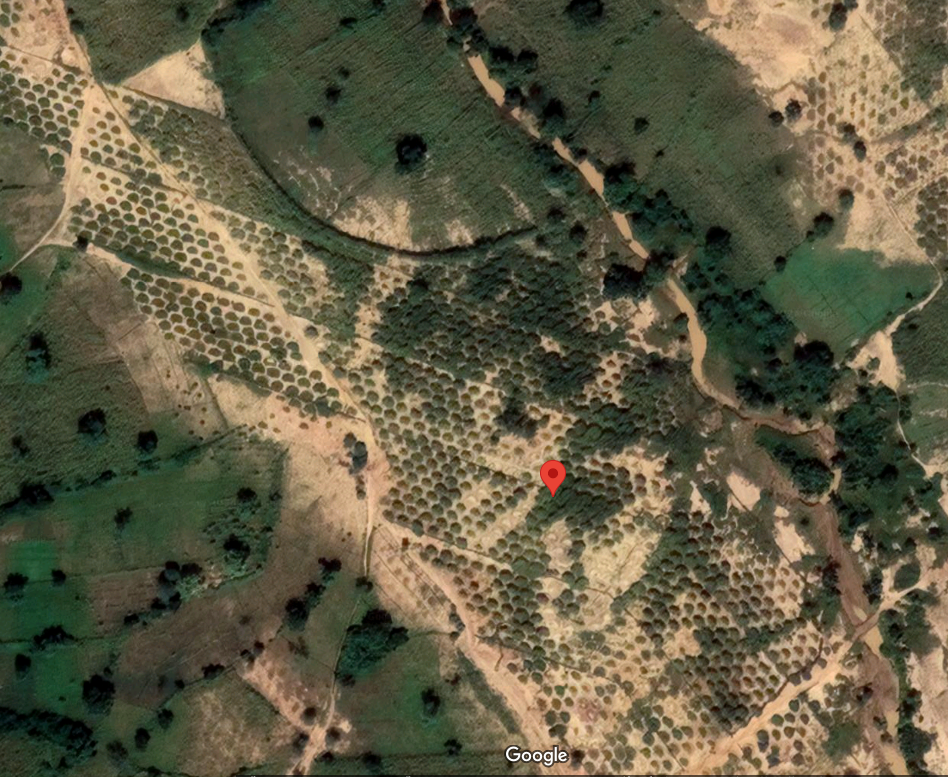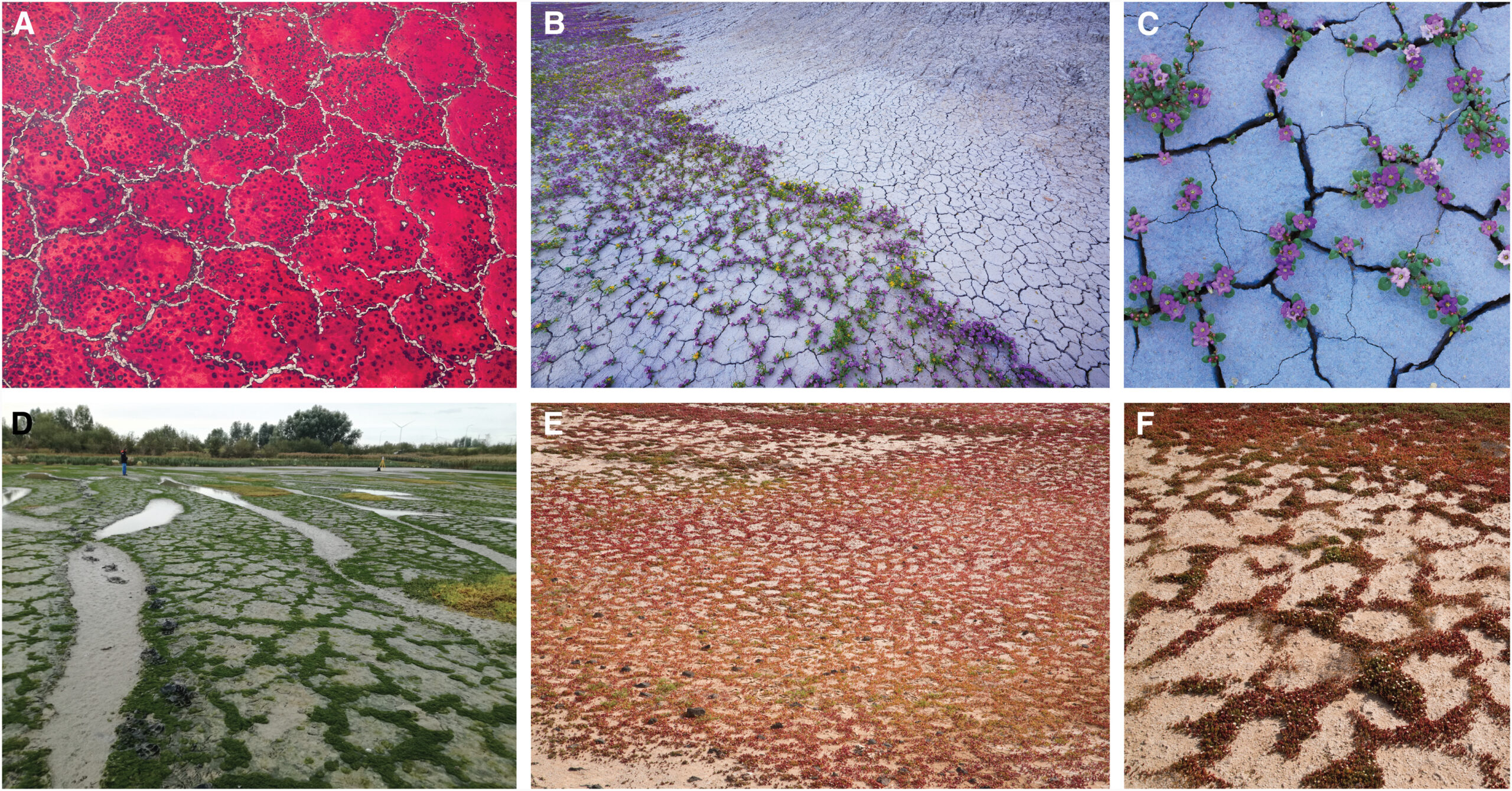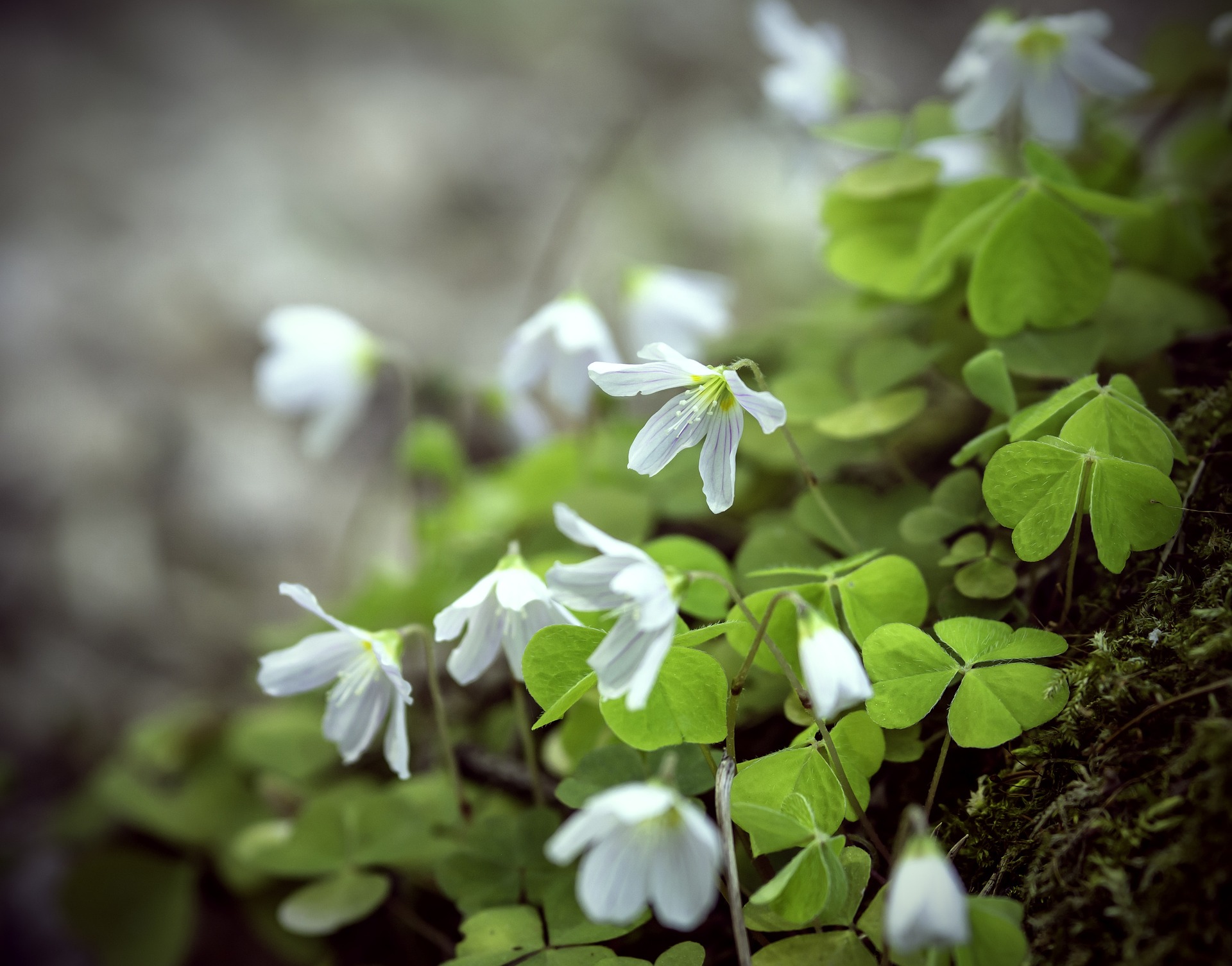What is the source of nature’s resilience?
When devastated land regains its greenery, do you think it is just because plants are increasing? Seeds of plants are carried from nowhere, germinate, and cover the soil… it is not just that. The land where plants have spread again was first assisted by a “physical natural phenomenon,” which facilitated the establishment of plants.
Cracks in dry soil
Have you ever seen the ground cracked in dry fields, paddy fields, or at the base of street trees lacking water? That phenomenon is one of the typical natural recovery systems.
The cracks in the ground caused by dryness capture seeds, thereby preventing the outflow of plants. The cracks allow even a small amount of rain to penetrate deep into the soil, reducing evaporation from the surface and retaining water. As a result, they buy time until complete dryness, making the most of the occasional small amounts of water to nurture the seeds caught in the cracks. Consequently, plants grow along the cracks. The soil compartmentalized by plant roots prevents the outflow of water and soil, transforming into land that can further nurture plants. It’s a very well-engineered terraforming system.
Self-organized mud cracking amplifies the resilience of an iconic “Red Beach” salt marsh

The natural recovery effect of semi-circular depressions
In Africa, the creation of semi-circular embankments has been successful in facilitating natural recovery. This is an artificial example, but it demonstrates how physical actions can initiate natural restoration.
In Tanzania, in response to explosive population growth, forests were cleared to secure land for agriculture. However, possibly due to the soil quality, the land gradually became barren, and once depleted, it could no longer retain water, turning into infertile land. When nature was prevalent, plants covering the ground prevented water evaporation and runoff, but once the land was cleared, plants did not return.
However, the creation of semi-circular embankments, called “demi-lunes,” has allowed nature to return over the years. Demi-lunes are constructed along slopes. First, a hole is dug, and the excavated soil is used to build a semi-circular embankment on the lower side of the slope to catch the falling water. This structure allows water to stay within the embankment and permeate, retaining a large amount of moisture in the subsoil and simultaneously preventing soil erosion. As a result, sufficient water is secured for plant growth, and plants begin to grow around the semi-circle. Over time, the plant habitat gradually expands, allowing the area around the demi-lune to become green again over several years.

Plants living within the vast physical phenomenon of nature
Plants do not move from where they germinate. Therefore, they are significantly influenced by physical characteristics like weather and soil. On the other hand, by leveraging these characteristics, they can overcome dryness, increase their population, and transform their surroundings into a more habitable environment for themselves. As seen in the example from Africa, once plants have perished, it is difficult to restore them. However, physical natural actions seem to be designed to reclaim the environment conducive to plant growth.
It appears that with just a little help from us, nature can recover, so we should take measures before it becomes irreversible.




コメント